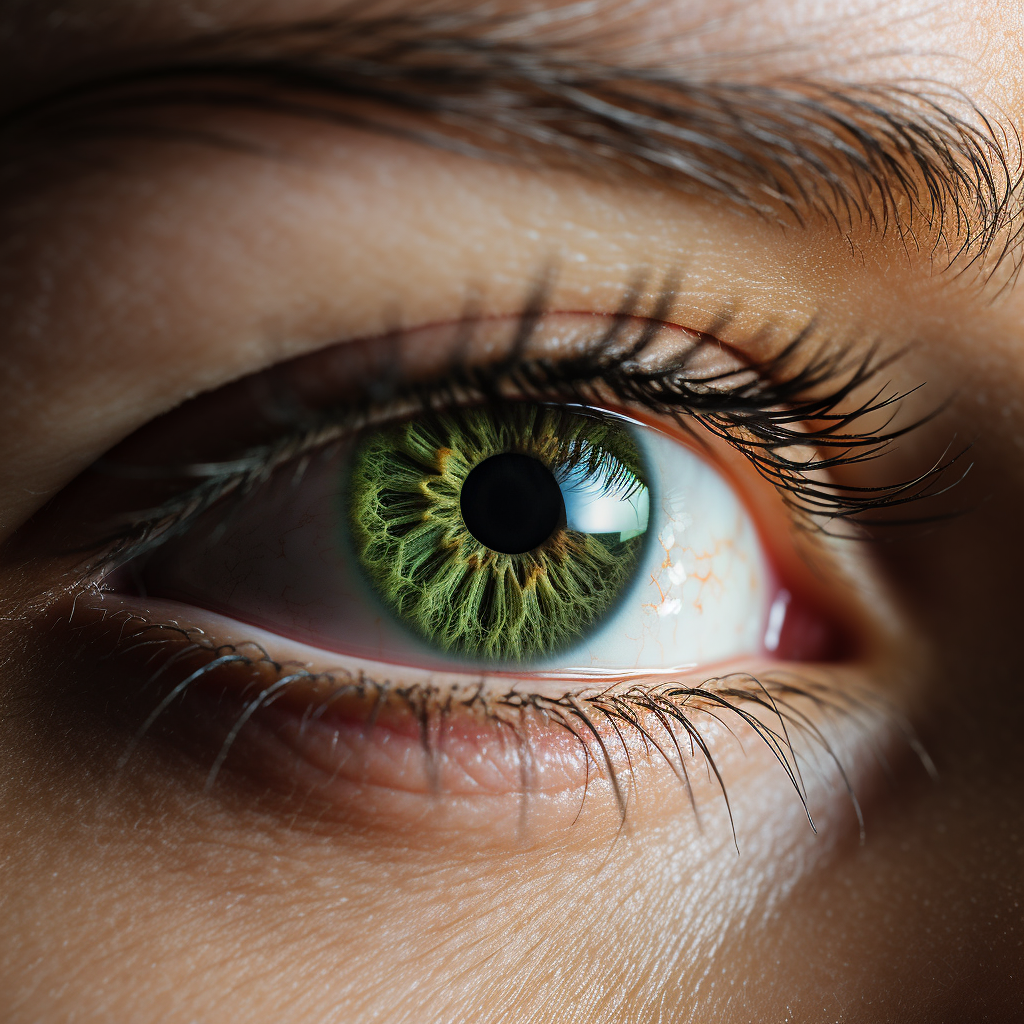Last Updated on January 25, 2024 by Lori Pace
Does Medicaid Cover Vision? You may ask!
The reason you need vision care and your age will determine whether Medicare will cover it. It also depends on where you live in the United States because Medicaid benefits depend on state by state.
Medicaid will cover vision care for people under 21 years of age in the United States if the EPSDT (Early, Periodic Screening, Diagnostic, Treatment) plan covers them. Medicaid will also cover the cost of diagnosing and treating vision problems.
For those over 21, things can get complicated because every state decides whether or not Medicaid will cover their vision care. This includes eye exams, therapy, contact lenses, eyewear, and eyewear. Medicaid will only cover medically necessary eye procedures.
What Is Vision Care?
Vision care refers to a variety of procedures that are involved in maintaining healthy, functional eyes. Regular vision care has one primary goal: to ensure that you have clear, sharp eyesight. This also includes eye exams, eyewear, and eye surgery under Medicaid. These visual benefits include two parts:
Mandatory Medicaid Vision Benefits
Federal law requires all US State Medicaid plans to provide coverage for certain benefits. This means that Medicaid will pay 100% for eye exams and eye surgeries if the Medicaid program covers them.
Optional Medicaid Vision Benefits
These optional vision benefits can be approved by Medicaid for coverage but are not always required. Optometry and eyewear are examples of this category. This means that Medicaid coverage will differ from one state to the next.
Which Vision Care Procedures Does Medicaid Pay for?
Optometry Exams
Exploring the tapestry of vision care procedures embraced by Medicaid, our journey begins with the pivotal realm of optometry exams. Having walked this path myself, I understand that the coverage intricacies are etched within the guidelines of your home state.
Optometry, as a practice helmed by skilled professionals, serves as the compass for diagnosing and resolving refractive challenges—the very barriers that hinder clear object perception at specific distances. It’s vital to acknowledge that the contours of coverage sway according to state-specific norms. Every state dons the mantle of authority in determining whether refractive or optometry eye exams warrant coverage and the cadence at which these assessments are recommended.
Ophthalmology Exams
Medicaid will cover ophthalmology examinations in all US States, regardless of whether you have vision benefits. Ophthalmology exams can diagnose and treat eye conditions that may have a medical basis. Medicaid pays for some ophthalmology tests, including:
- Diabetic Retinopathy
- Macular degeneration.
- Dry eye syndrome.
- Retinal detachment.
Eye Wear
Prescription eyewear for correcting refractive problems will be covered by Medicaid in certain instances. Each state decides if or not it will pay for eyewear.
The state guidelines will dictate how often Medicaid will cover prescription eyewear for your refractive issues. You could get an answer once a month, once every two to five, once a lifetime, or none at all.
Contact Lenses
Medicaid doesn’t usually pay for contact lens prescriptions, regardless of whether or not you have vision benefits. Contact lenses can be more costly than eyewear. Moreover, people often use them for cosmetic reasons.
They are not in Medicaid’s benefits. There are, however, some instances where Medicaid covers contact lenses. These include:
- Contact lenses are necessary when the patient is unable to wear glasses. If a patient is missing an ear or has a deformed nose.
- A doctor will consider contact lenses to be medically necessary if they are intended as prosthetic devices.
Vision Therapy
Medicaid can sometimes pay for vision therapy (preoptic or orthotic training), because convergence insufficiency, dyslexia, amblyopia, and strabismus are more closely related to medical issues than refractive problems.
Although your health insurance may cover Medicaid coverage, it isn’t easy to find a visual therapist that accepts Medicaid. Precertification is a must before you can start your therapy sessions. Your Medicaid provider should write a letter of medical necessity.
Eye Surgery
Drawing from personal journeys, it’s evident that eye surgery can stand as a beacon of hope within the realm of Medicaid. The stage is set where the umbrella of health insurance extends its shelter to encompass eye surgeries, fostering a uniform code that echoes across every corner of the United States.
These surgical interventions hold the power to mend the fabric of the pupil, iris, and retina, delicately unraveling the intricacies of disorders—ranging from keratoconus to blepharoplasty, from vitrectomy to pterygium removal.
Cataract Removal
My journey acquaints me with the transformative path that cataract removal lays out under Medicaid’s wing. Cataracts, veils that shroud vision, often lead Medicaid to extend its cover to the procedure’s canvas. If these cataracts cast a shadow that stretches beyond a designated threshold of visual acuity, the intervention surfaces as a medical necessity—an understanding that your Medicaid provider might underline.
In this artistic symphony of healing, the surgeon orchestrates a dance between old and new, as the defective natural lens gracefully steps aside, making room for a synthetic counterpart. It’s noteworthy that while Medicaid’s embrace extends far, the realm of premium synthetic lens substitutes may not always fall under its mantle, adhering to the unfurled tapestry of Medicaid’s lowest-priced alternative rule.
How Much Do You Pay Out-Of-Pocket for Vision with A Medicaid Plan?
Unveiling the financial layers of vision care’s union with Medicaid, I’m no stranger to the notion of co-payments. These contributions, unique to each individual’s geographical foothold within the United States, underscore the financial partnership between you and Medicaid.
Moreover, this financial terrain paints a varied picture for adults and children, with states etching their own rules. To delve further, it’s crucial to recognize that these co-payments may not be uniform. They might differ based on your geographical context. To demystify the financial dimensions, it’s prudent to tap into your State’s Medicaid vision benefits for an illuminated perspective on what lies within coverage and what responsibilities you’ll shoulder.
How Can You Take Advantage of Medicaid’s Vision Benefits?
Speaking from personal experience, the gateway to reaping Medicaid’s vision benefits entails a pivotal step: securing a referral from your primary care Medicaid provider. This key unlocks a realm where your Medicaid standard health coverage intertwines with ophthalmology visits—offering the expert care of specialist physicians. An alternative route is to leverage Medicaid’s vision benefits through visits to approved ophthalmologists.
For those seeking a roadmap to the nearest Medicaid outlet, the Benefits Gov website stands as a guiding light. With the capacity to filter outlets by state and the subcategory of Medicaid, this platform unveils the path to the closest Medicaid hub. Your trusted eye doctor, too, can be a compass in navigating your Medicaid vision benefits. Yet, it’s essential to note that while some doctors might not embrace Medicaid coverage, they often guide you toward fellow providers who do.
Final Thoughts
As our exploration draws to a close, let’s cast a final spotlight on the orchestrations of Medicaid and its nurturing embrace of vision care. Enshrined within federal law lies the assurance that Medicaid unfurls its wings to cradle the vision care needs of those under 21.
However, if your journey into adulthood surpasses the age of 21, a pivotal step emerges—a quest for the imprimatur of precertification from a physician blessed by Medicaid’s approval. For a symphony of certainty, it’s a sagacious move to tether yourself to your local Medicaid provider, ensuring that your coverage unfurls as anticipated.



